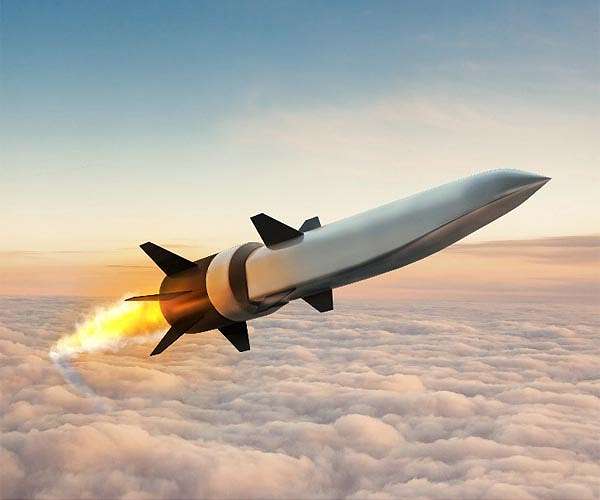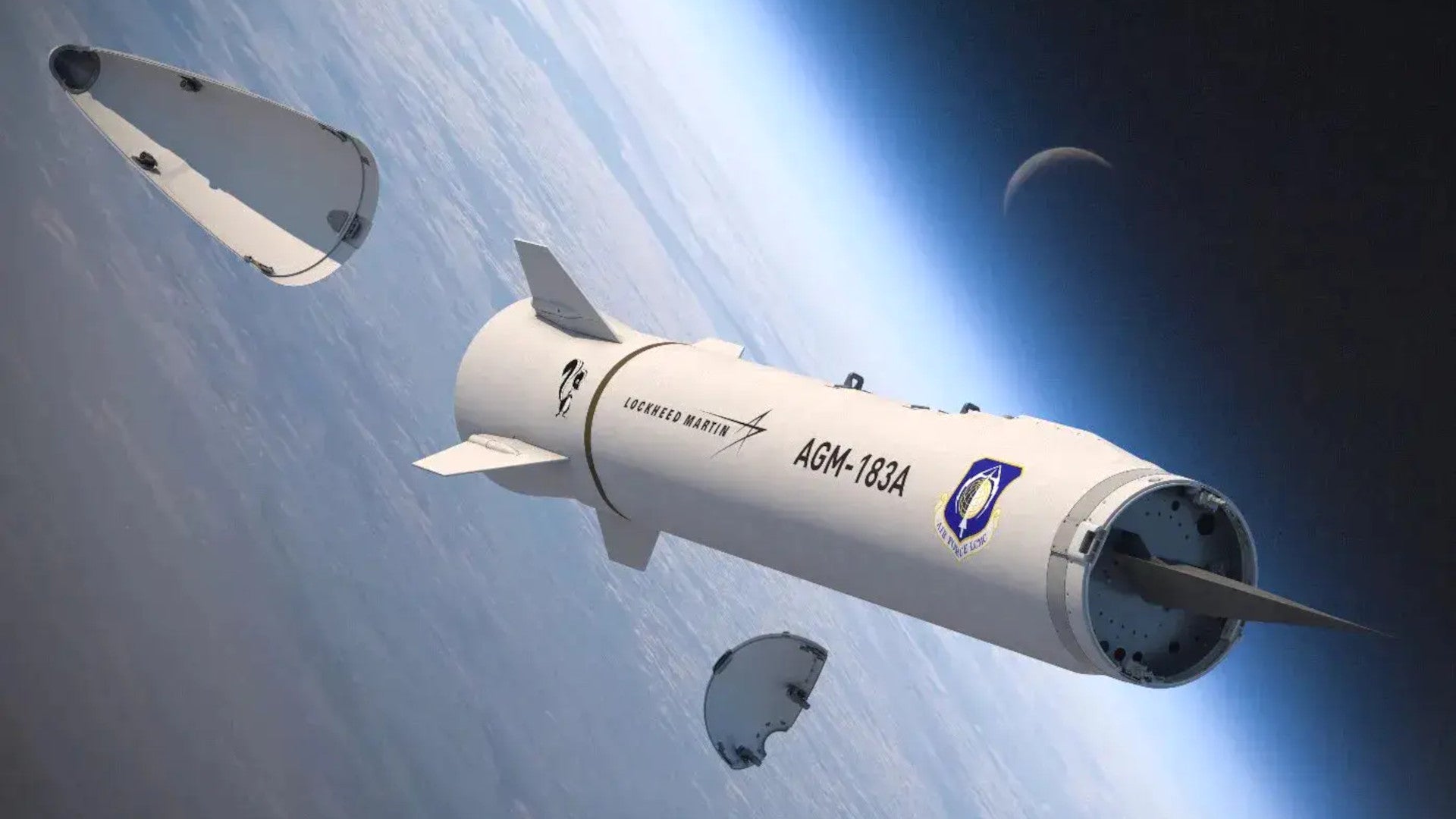The Pentagon’s fiscal 2023 budget request includes a “huge jump” for
hypersonic weapons testing and facilities, something the defense industry has sought, according to the department’s head of research and development.
“If you look at this particular test asset ― facilities ― there’s a huge jump in the budget for equipment and test ranges,” the undersecretary of defense for research and engineering,
Heidi Shyu, told Defense News on Wednesday.
The Biden administration hasn’t yet released detailed budget tables, but Shyu said one thing in the request is an expansion of facilities at the Arnold Engineering Development Complex in Tullahoma, Tennessee, among other similar proposals.
“It’s where we’re putting a chunk of the investment because we have a wind tunnel that we’re upgrading,” Shyu said of the facility, which has received a spate of funding over recent years to prepare for a surge in workload.
Lawmakers
boosted funding for Defense Department laboratory and testing infrastructure by $800 million in the $1.5 trillion federal spending package for fiscal 2022, which was signed into law last month. That infrastructure serves a range of emerging technologies such as
hypersonic and directed-energy weapons.
Amid complaints from lawmakers that the Pentagon is trailing Russia and China in hypersonic weapons, the FY22 spending bill cut funding for what was thought to be the department’s leading effort — the Air Force’s AGM-183A Air-Launched Rapid Response Weapon, made by Lockheed Martin.

 www.defensenews.com
www.defensenews.com











